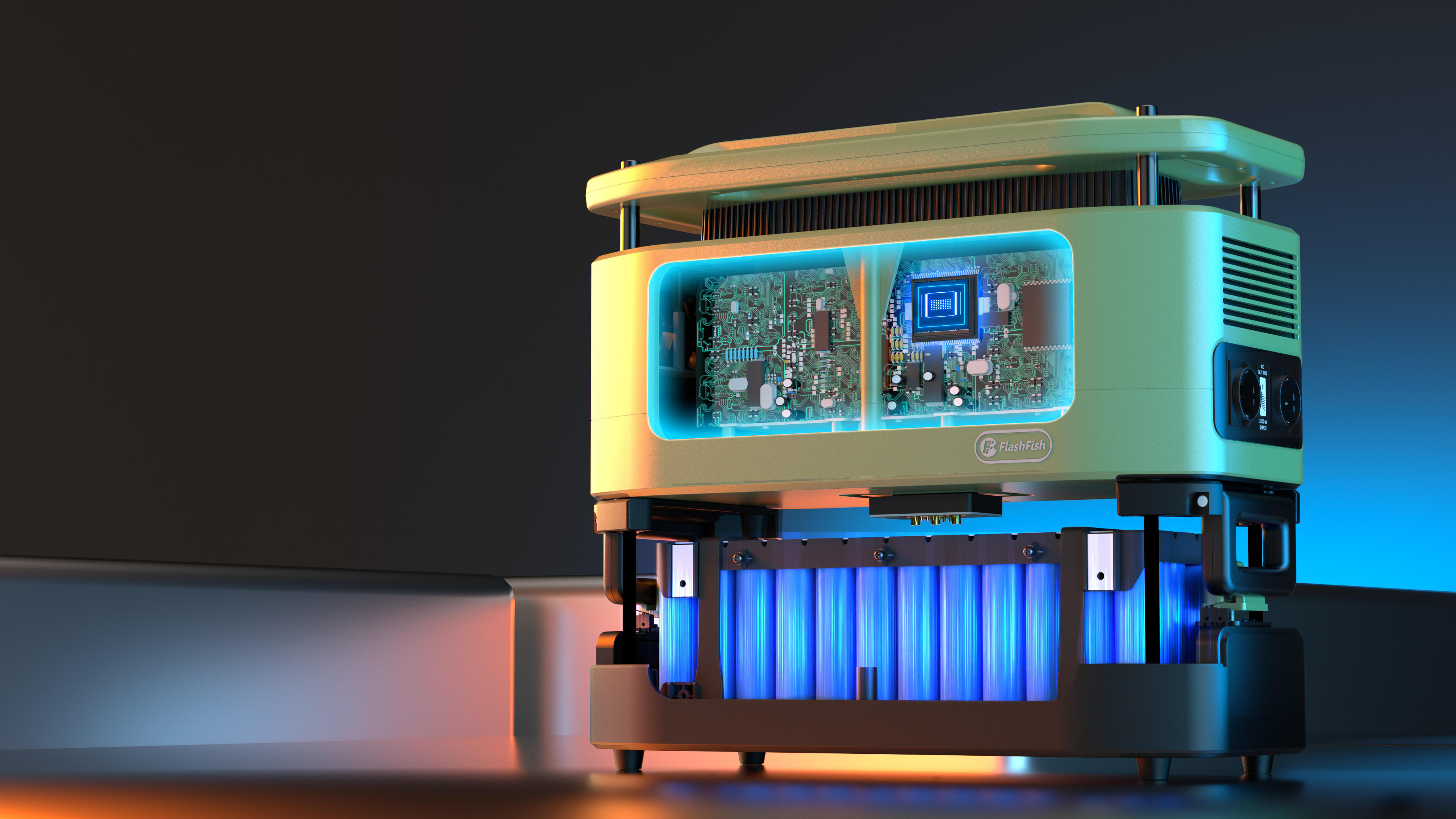Before purchasing a power station, it's important to evaluate your power needs accurately. Here's a step-by-step guide to help you determine the power and capacity requirements:
1. Identify Your Power Requirements:
Make a list of all the devices you intend to power with the power station.
Note down the power rating (in watts) of each device. This information is usually mentioned on a label or in the user manual of the device.
If the power rating is not available, you can estimate it by using an online power consumption calculator or by referring to similar devices with known power ratings.
2. Calculate Total Power Consumption:
Add up the power ratings of all the devices to determine the total power consumption.
This total power consumption will give you an idea of the minimum power output your power station should have to meet your needs.
3. Consider Surge/Peak Power:
Some devices may have a higher power requirement when starting up or during peak operation. This is known as surge or peak power.
Ensure that the power station you choose can handle the surge power requirements of your devices without overloading.
4. Determine Required Capacity:
Capacity refers to the amount of energy the power station can store, typically measured in watt-hours (Wh) or ampere-hours (Ah).
Estimate how long you need to power your devices between recharges. This will depend on your usage scenario, such as outdoor camping, emergency backup, or powering tools at a worksite.
Multiply the total power consumption (in watts) by the desired runtime (in hours) to calculate the required capacity in watt-hours (Wh).
Ensure that the power station's capacity meets or exceeds your calculated requirement to provide sufficient runtime.

5. Consider Additional Features:
Evaluate other features offered by power stations, such as the number and types of output ports (AC outlets, USB ports, DC ports), charging options (solar, car adapter, wall outlet), and compatibility with your devices.
6. Future Expansion:
Consider potential future needs and whether the power station you choose can accommodate them. It's often beneficial to invest in a slightly larger capacity than your current requirements to allow for future expansion.
7. Budget Considerations:
Balance your power and capacity requirements with your budget constraints. Higher-capacity power stations with more features tend to be more expensive.
8. Research and Compare:
Research different power station models from various manufacturers.
Compare specifications, reviews, and user experiences to find a power station that best fits your requirements and budget.
By following these steps, you can evaluate how much power and capacity you need before purchasing a power station, ensuring that it meets your requirements for both power output and runtime.







Leave a comment
This site is protected by hCaptcha and the hCaptcha Privacy Policy and Terms of Service apply.